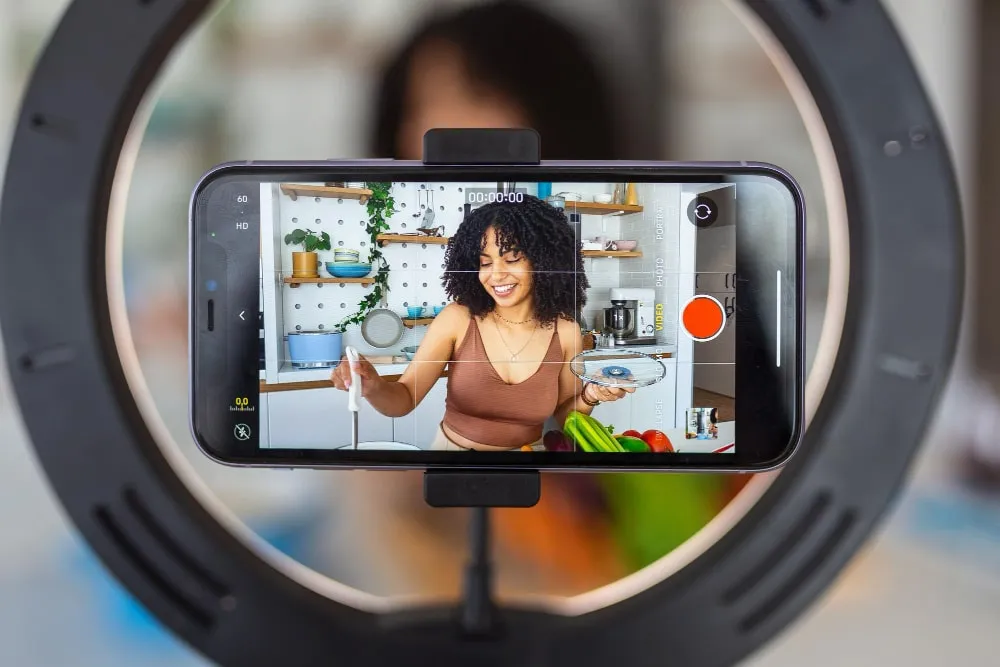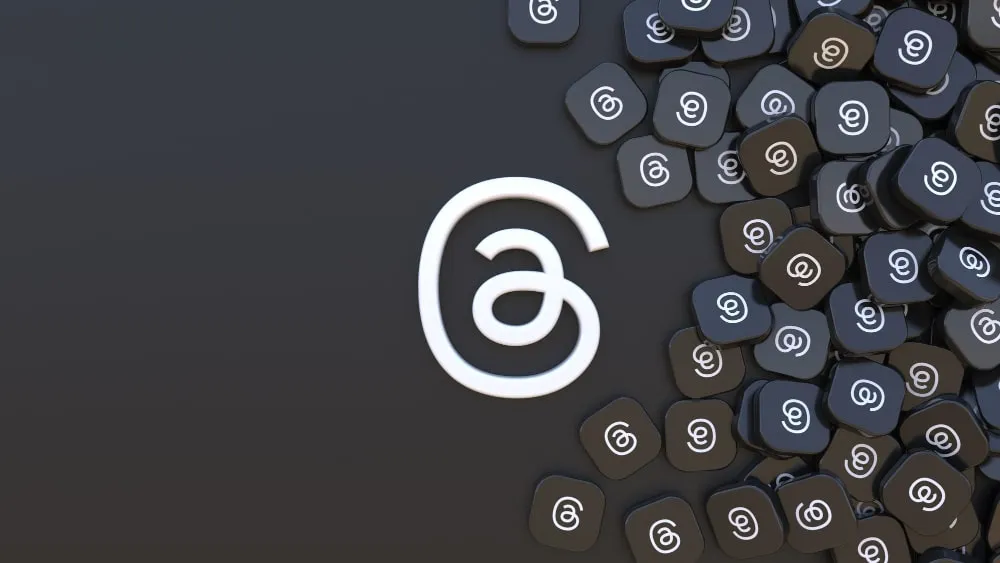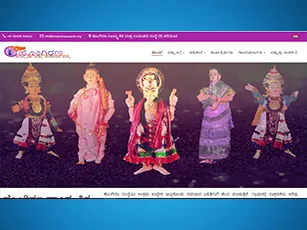Unleashing the Power of Viral Marketing: A Comprehensive Guide with Examples
In today's digital age, the potential for content to go viral has become a cornerstone of successful marketing strategies. Viral marketing, a concept that taps into the power of word-of-mouth and social sharing, has revolutionized how businesses engage with their audiences. This article delves into the intricacies of viral marketing, exploring its significance and providing real-world examples. We will also discuss the role of popular platforms like Instagram, Facebook, Telegram, and Threads in amplifying viral campaigns.
Understanding Viral Marketing
Viral marketing is a strategy where content is designed to be so engaging, entertaining, or informative that it encourages users to share it across their networks, leading to exponential exposure. The primary goal is to create content that spreads organically, similar to a virus, hence the term "viral." This approach can significantly increase brand visibility, drive traffic, and generate leads at a fraction of the cost of traditional advertising.
The success of viral marketing hinges on understanding human psychology and social behavior. People are more likely to share content that evokes strong emotions, whether it's humor, awe, or inspiration. Additionally, content that aligns with current trends or cultural moments is more likely to catch on.

Key Elements of a Successful Viral Marketing Campaign
- Emotionally Resonant Content: Viral content often triggers strong emotional responses. Whether it's a heartwarming story, a hilarious meme, or a shocking revelation, the emotional impact drives people to share it.
- Relatability: Content that resonates with a broad audience tends to go viral. The more people can see themselves or their experiences in the content, the more likely they are to share it.
- Simplicity: Viral content is usually straightforward and easy to understand. Complex ideas are broken down into simple, digestible pieces that can be quickly consumed and shared.
- Timing: Timing is crucial in viral marketing. Content that aligns with current events, trending topics, or seasonal themes is more likely to be shared widely.
- Call to Action: Encouraging users to share the content can boost its chances of going viral. This can be done through explicit requests or by creating content that naturally invites sharing.
The Role of Social Media in Viral Marketing
Social media platforms play a pivotal role in the spread of viral content. Each platform has its unique characteristics that can be leveraged to maximize the reach of a viral campaign. Let's explore how Instagram, Facebook, Telegram, and Threads can be used in viral marketing.
Instagram Marketing
Instagram is a visual-first platform, making it ideal for campaigns that rely on eye-catching imagery or videos. The platform's features, such as Stories, Reels, and IGTV, provide various avenues for content distribution.
One notable example of viral marketing on Instagram is the "Share a Coke" campaign by Coca-Cola. By personalizing Coke bottles with common first names and encouraging people to share photos of their personalized bottles, Coca-Cola created a viral sensation. The campaign generated millions of shares and user-generated content, significantly boosting brand engagement.
To optimize content for Instagram marketing, it's essential to use high-quality visuals, leverage popular hashtags, and engage with your audience through comments and direct messages. Instagram's algorithm favors content with high engagement, so interacting with followers can increase your chances of going viral.

Facebook Marketing
Facebook, with its vast user base and diverse demographics, remains a powerful platform for viral marketing. The platform's ability to share content across different formats—text, images, videos, and links—allows for versatile campaign strategies.
A prime example of viral marketing on Facebook is the "Ice Bucket Challenge." This campaign aimed to raise awareness and funds for ALS (Amyotrophic Lateral Sclerosis) research. Participants were challenged to dump a bucket of ice water over their heads, share the video on Facebook, and nominate others to do the same. The challenge went viral, raising over $115 million for ALS research and garnering widespread media attention.
For successful Facebook marketing, creating content that encourages interaction is key. This could be through polls, contests, or challenges that inspire users to participate and share. Additionally, utilizing Facebook Ads to target specific demographics can amplify the reach of your viral content.
Telegram Marketing
Telegram, a messaging platform with a focus on privacy and security, has gained popularity for its group chats and channels. Unlike traditional social media, Telegram allows for more direct and personal communication with users.
An example of viral marketing on Telegram is the "Telegram Sticker" campaign by the messaging app itself. Telegram allowed users to create and share custom stickers, which quickly became popular among users. The campaign's success was driven by the novelty and personalization of the stickers, leading to widespread sharing across the platform.
To leverage Telegram for viral marketing, creating exclusive content that feels personal and engaging is crucial. This could include offering exclusive deals, insider information, or unique content that encourages users to share it with their contacts.
Thread Marketing
Threads, a newer platform designed by Meta (formerly Facebook), is intended for more intimate sharing among close friends. The platform's focus on close-knit communities presents a unique opportunity for viral marketing through word-of-mouth.
One of the first examples of viral marketing on Threads was the "Close Friends" campaign by fashion brands. These brands used Threads to offer exclusive previews of new collections to their most loyal followers. The sense of exclusivity and direct communication encouraged followers to share their excitement, spreading the word to their broader networks.
For effective marketing on Threads, fostering a sense of community and exclusivity is key. This can be achieved by offering insider access, early releases, or personalized content that makes users feel like they are part of a special group.

Measuring the Success of a Viral Marketing Campaign
While going viral can significantly boost brand visibility, it's important to measure the success of a viral marketing campaign to understand its impact. Key metrics to track include:
- Engagement Rate: This measures how much users interact with your content through likes, comments, shares, and mentions.
- Reach and Impressions: These metrics indicate how many people have seen your content and how often it was viewed.
- Conversion Rate: The percentage of users who take a desired action, such as making a purchase or signing up for a newsletter, after engaging with your viral content.
- Brand Mentions: Monitoring how often your brand is mentioned across social media can help gauge the campaign's impact on brand awareness.
- Return on Investment (ROI): Calculating the ROI helps determine whether the campaign was worth the resources invested in it.
Conclusion
Viral marketing is a powerful tool in the digital marketer's arsenal. By understanding the elements that drive virality and leveraging the unique features of platforms like Instagram, Facebook, Telegram, and Threads, businesses can create campaigns that resonate with audiences and spread like wildfire. However, it's essential to approach viral marketing with a clear strategy and measurable goals to ensure that the campaign not only garners attention but also drives meaningful results. Whether you're a small business or a global brand, the potential of viral marketing is within your reach—it's all about creating content that people can't help but share.





